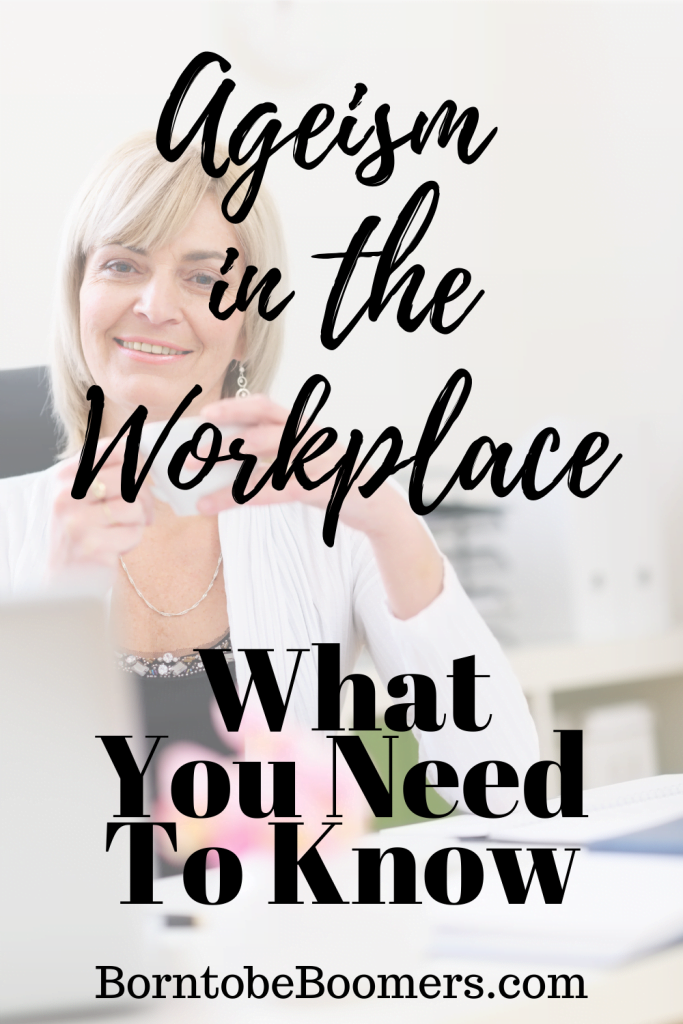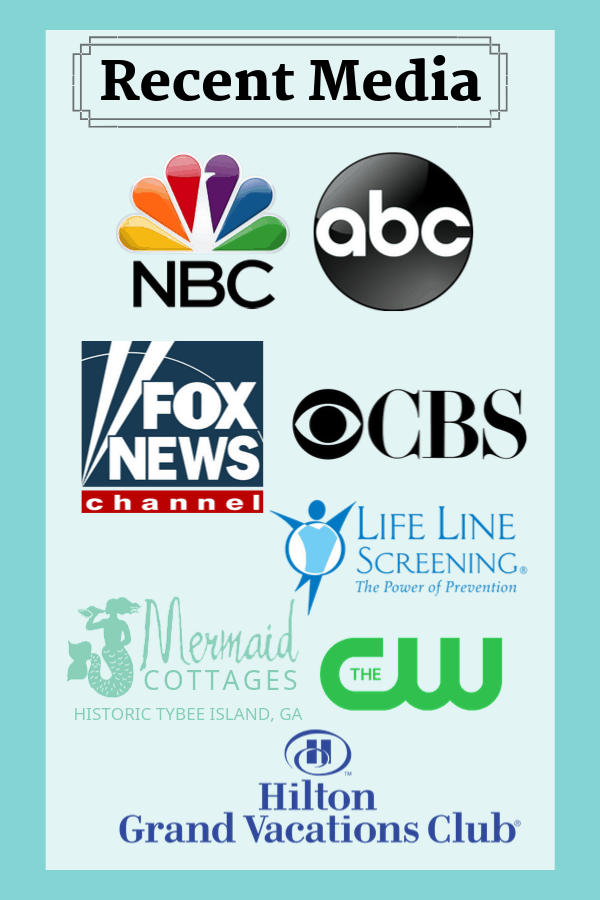We have come a long way while addressing certain stereotypes in the past few centuries. The struggle of humanity to uplift itself from such atrocities can be witnessed in the rich history of the United States.
Advertence about these stereotypes has been hammered in the minds, generations over generations, by the so-called society and culture.
Some of the major discriminatory practices worth mentioning are racism, classicism, sexism, casteism, religious discrimination, and many more. Another type of discrimination that has become prevalent in our society is ageism.
In this article, we will address ageism in all its glory:
- What is ageism?
- What are the types of ageism?
- Who suffers from it?
- What is ageism at the workplace?
- Why does it happen?
- Are there laws against it?
- What are the signs of age discrimination?
Table of Contents
Ageism—its Definition
According to Wikipedia, ageism (spelled as agism) is stereotyping and discrimination against individuals or groups based on their age. Ageism can be casual or systemic, and the term ‘ageism’ was coined by Dr. Robert Neil Butler in 1969.
Ageism is an act of discriminatory and stereotypical attitude against older people, precisely the 40+ age group. It is a pre-judgment and prejudice and can be described as age-biased repression.
Ageism is an appalling concept and a negative stereotype with deeply seeded roots in our society. Regarding older adults as unworthy, incompetent, and displaying contempt and discrimination against them is as much of a concern as any other type of prejudicialness.

Victims of Ageism
Prominently older adults are the primary victims of age discrimination, i.e., the population of 40 years and above.
People experience such prejudices daily, including unnecessary comments on their appearance, such as calling them oldies or ancient, telling them they are too old for certain things. Basically, belittling them for not understanding new technologies or concepts and downright insulting them for being older.
It is imperative to address this concerning issue and its peeving effects on the physical, psychological, and economic aspects of older people’s life.
Where is ageism seen?
Ageism can be witnessed and experienced on both personal and organizational levels. It is as cruel as other forms of discrimination based on negative stereotypes and prejudices.
Age discrimination practices are prevalent in the United States culture and society, and it has been a concern for decades.
The majority of the Baby Boomers (people born between 1946-1964) have experienced age discrimination somehow. Ageism has negative effects on older adults’ bodies, minds, and emotions, making them sad and vulnerable.
Personal age discrimination examples:
- Sending away elderly members of the family to a nursing home.
- Treating them differently because they are old.
- Excluding them from family activities and functions.
- Avoiding conversations with them because of their old values and orthodox beliefs.
Institutional age discrimination examples:
- Termination: Firing older employees to accommodate young workers with less salary.
- Age bias in opportunities: Age bias in job training and promotion opportunities against more senior employees.
- Recruitment process: Rejecting older candidates during the hiring process.
- Job advertising: Age bias in job listings and advertisements with job descriptions that focus on younger candidates.
Types of Ageism
Dr. Robert Neil Butler, President, and CEO of the International Longevity Center—cited four different types of ageism in his research report, Ageism in America. These include:
Personal Ageism
“Individual’s ideas, attitudes, beliefs, and practices that are biased against people or groups based on their older age.”
Hostility exhibited towards older individuals in an interpersonal setting like home, social circle, and family relations is personal ageism. For instance:
- Excluding older people from certain physical activities, like a family match or outings.
- Asking them to stay out of conversations because their views are too old.
Institutional Ageism
“Missions, rules, and practices that discriminate against individuals and or groups because of their older age.”
Devaluing and belittling older employees because of their age is persistent in workplace culture. Discriminating against them based on the negative stereotype that older people are incompetent and unfit for the workplace is common. This is also known as institutional ageism.
For instance:
- Forcing older employees to retire or kicking them out of the organization to vacate job positions for younger people.
- Denying promotional opportunities and skill development programs.
Intentional Ageism
“Ideas, attitudes, rules, or practices that are carried out with the knowledge that they are biased against persons or groups based on their older age. Intentional ageism includes carrying out practices that take advantage of the vulnerabilities of older persons.”
Intentionally victimizing older people by using tactics to manipulate and exploit them for unethical reasons is intentional ageism. For instance:
- Deceiving older adults into providing their personal and banking information and then robbing them.
- Advertising and marketing strategies based on age-related stereotypes.
Unintentional Ageism
“Ideas, attitudes, rules, or practices that are carried out without the perpetrator’s awareness that they are biased against persons or groups based on their older age are known as unintentional or inadvertent ageism.”
Humorous comments and actions about someone because of their age without understanding the depth of such remarks are unintentional ageism. For instance:
- Lack of ramps, handrails, elevators, and sitting arrangements at public places.
- Absence of assistance at places like banks, bill deposition platforms, and airports for older people.
- The manner of addressing older people by using inappropriate remarks.
Age Discrimination in Workplace
Employment discrimination due to age occurs in the organizational sector more than we could imagine. Older employees often experience derogatory remarks and negative treatment because of their age.
Individuals above 40 years of age, who have worked for decades at any organization, who invested in the company and gained depths of knowledge and experience, are treated with disdain, criticism, and an abomination.
Age discrimination in the workplace is a common occurrence and is accepted like it is not discrimination. People think it is normal and humorous to pass judgments and despicable comments on older people.
Some results found in the report by the American Association of Retired Persons (AARP) Foundation about ‘Workplace Age Discrimination Still Flourishes in America’ are:
- Approximately 1 out of 4 employees above 45 years of age have experienced derogatory remarks and comments by colleagues and higher officials in the workplace.
- About 3 out of 5 older employees are subject to age discrimination.
- Nearly 76 percent of these older workers consider ageism an oppressing factor in their career growth and better job opportunities.
- Almost half of these older workers are kicked out of their long-term jobs, and nearly 90 percent of them never make the same earnings they used to.
- About 25 percent of American families where the bread earner is 55 or older have no pension or retirement savings. Their only option is to work for minimum wage or else rely on social services.
- Elderly individuals who don’t feel useful are three times more likely to acquire a disability and four times more likely die an untimely death.
Such atrocious behavior against mature workers by officials and colleagues is pervasive in the workplace culture. Older and experienced employees are replaced with young hires by the organization, and they justify this type of discrimination representing it as a financial necessity or improvement of the workforce.
Indications of Age Discrimination in the workplace
The signs of age discrimination can be witnessed daily, and missing such wounding remarks and treatment is impossible. Some reasonable factors indicating age discriminatory language and practices in the workplace are:
Disguised Senile Comments
Negative remarks mixed with humor are an indication of discriminatory behavior. Comments such as “you are too old for this,” “this is out of your league,” “you won’t understand it anyway” are examples of disguised senile comments.
Inappropriate Behavior
Favoring young workers during recruitment and hiring process, job training, and promotion opportunities.
Derogatory judgments
Assumptions and beliefs based on stereotypes and myths of age bias like—older people won’t understand new technologies; they are not energetic and productive at the job; older people are difficult to work with.
Social Exclusion
Excluding older employees from meetings, projects, and important decisions regarding the organization, while encouraging younger colleagues.
Age Strategic Termination
Laying off older workers exclusively and employing young people in their place.
Inaccurate Justification
Justifying lay-off by stating the incompetent performance of older employees, even though their ranking was great, is a sign of age bias.
Terminating old workers and recruiting young people as new hires and justifying it by comments like refreshing the workforce or financial necessity.
There’s a good chance that such discriminatory acts and practices cause severely damaging effects of ageism on older employees’ minds, bodies, and health.
Legislative Acts and Laws for Age Discrimination
The American culture and society is a youth-obsessed community, and ageism is a prejudice that has found its way into the American mindset and started age discrimination against older folks of the country.
To protect older adults from age discrimination, several appeals have been made to establish anti-discrimination laws which ensure safety against age discrimination.
The following age discriminatory laws are put forth to ensure the safety and protection of old people.
- The Age Discrimination Employment Act (ADEA), passed by the U.S. Supreme Court in 1967, states that all applicants and employees aged 40 years and above are protected by law against age discriminatory practices.
The ADEA is enforced by the U.S. Equal Employment Opportunity Commission (EEOC), the nation’s workforce watchdog, to ensure laws against ageism are respected across the work sector.
- The Older Workers Benefit Protection Act (OWBPA), passed in 1990, prohibits age discrimination against older employees on all employee benefits. It was an amendment made in the ADEA preceding the U.S. supreme court decision.
- The Workforce Investment Act (WIA), passed in 1998, offers workforce development activities to enhance the employment rate, job attainment, retention, and steady income of older Americans.
- Other federal laws are implemented by the states that provide legal protection to senior employees against age discrimination.
Fight Against Age Discrimination
Any employee who has been subjected to age bias has suffered because it has ways of fighting against this unjust problem of age discrimination. Here are your options to fight against ageism and never have to deal with it again:
Report the Problem
The first step is to report the age discrimination acts against you to the company authorities via informal conversation or formal complaint.
Keep Records and Document Everything
Keep records that include date, place, time, witnesses, documents, and evidence of the age discriminatory act that happened against you.
File a Complaint
File a formal complaint to Human Resources if the age discrimination issue is not rectified even after addressing it to the supervisors.
Seek Legal Help
If the discrimination persists or worsens after you raise the issue, it is better to take legal action. To file a case, you must ensure that you have all the information you need. For this, you should hire an attorney who can guide you to the correct path.
You can hire someone you know or find a lawyer by searching the National Employment Lawyers Association website—nela.org and look for A Lawyers’ Directory.
The American Bar Association—ABAFreeLegalAnswers.org offers a virtual clinic to provide legal advice.
Submit an Inquiry to the EEOC
You can submit an inquiry to the EEOC before filing an official charge of discrimination. EEOC or the states and local fair employment practice agencies govern the investigation process based on a formal complaint.
The request for an inquiry can be submitted online or by dialing 800-669-4000 for help from the local EEOC office of your area.
Out of Court Settlement
EEOC arranges a voluntary negotiation between the employer and worker and offers a mediator for negotiating. It can help to resolve the issue quickly and lower the financial damage.
File the Case in Court
After submitting an inquiry:
—If there is no response from the EEOC for 60 days, you can file the lawsuit.
—If you receive a “right to sue” letter from EEOC, you can file the lawsuit within 90 days.
EEOC offers mediation in cases where evidence supporting age discrimination claims is found. In cases where the EEOC doesn’t want to get involved, it issues a “right to sue” letter to the worker.
In some cases, EEOC may file the age discrimination case against the employer on behalf of the worker.
Preventing Age Discrimination
A recent study report published by Hiscox Insurance Company states the following remedies against Ageism:
- Prevention through workforce training supported by a culture of inclusion that comes from the top, and a zero-tolerance approach to violations of written policies
- Detection: Being watchful for problem indicators and conducting periodic anonymous surveys.
- Mitigation: Quick response to investigation of any claim
Employers and workers of all ages must consider preventing age discrimination in the workplace and eradicating it from the organization’s employment process and job aspects.
The preventive measures against age discrimination as mentioned in EEOC’s— State of Age Discrimination Report are:

1. Establishing an inclusive workplace with age diversity
Creating a workplace culture and an environment where people of all generations can work together to achieve professional development for themselves and others is essential.
A place where discrimination like ageism and racial discrimination are not encouraged. For instance:
- Developing internships and recruitment programs for all the age groups, like senior interns and junior interns programs.
- Creating a healthy environment in the workplace by treating all the employees alike, without discrimination.
2. Recognize and reject stereotypes of ageism
Treating ageism as any other stereotypical discrimination like gender inequality, casteism, racism, and sexism and stopping it from infecting the workplace and the mindset of employers and employees. For instance:
- Addressing age discrimination issues in the organization and taking steps to prevent it in the future.
- Educating all the employees about age discrimination and other types of discrimination.
3. Recruiting multi-generation workforce
Organizations must try to hire, retain and engage employees of all age groups to increase workforce diversity. For instance:
- Hiring applicants without considering their age is an important factor.
- Providing better incentives and benefits to all the employees.
4. Prevent age-bias in employment aspects
Designing strategies and policies that prevent age bias practices during the recruitment and hiring process. Educating and training the interview panel and recruiters about ageism and how to prevent it. For instance:
- Creating job listings that are not age-biased.
- Hiring managers must not reject a candidate for a particular job because of their age.
5. Retaining Older Employees
Employers must develop strategies to retain older workers and provide them with job opportunities.
- Creating strategies like working three days a week for older employees.
- Appreciate the years of experience older employees have and use it as an organization development tool.
The Bottom Line
Ageism is an age-old stereotype that is still prevalent in American society and rots the mindset of people just like any other stereotype. Age discrimination is something that people fight against daily and in various situations.
We must understand that any sort of discrimination based on age, sex, gender, race, color, or religion, spread through people’s negative attitudes, is emotionally offensive to certain groups.
We must do whatever is possible to prevent and fight against such an unjust prejudice and stop it from spreading its roots further in society.
If older employees are subjected to age discrimination in the workplace, they must stand up for themselves and their rights. If the mistreatment persists, engaging in legal proceedings is the last option to access your rights provided by the law.
Age Discrimination in the workplace can be prevented by spreading awareness about it and trying to stop it by,
- recruiting a multi-diversity workforce
- designing strategies to hire, retain and engage workers of all ages
- creating a healthy and discrimination-free work environment.
Take measures against ageism today and ensure ripping it all off from the depths of our country to become a respectful and unconventional population.
Pin it for later!





